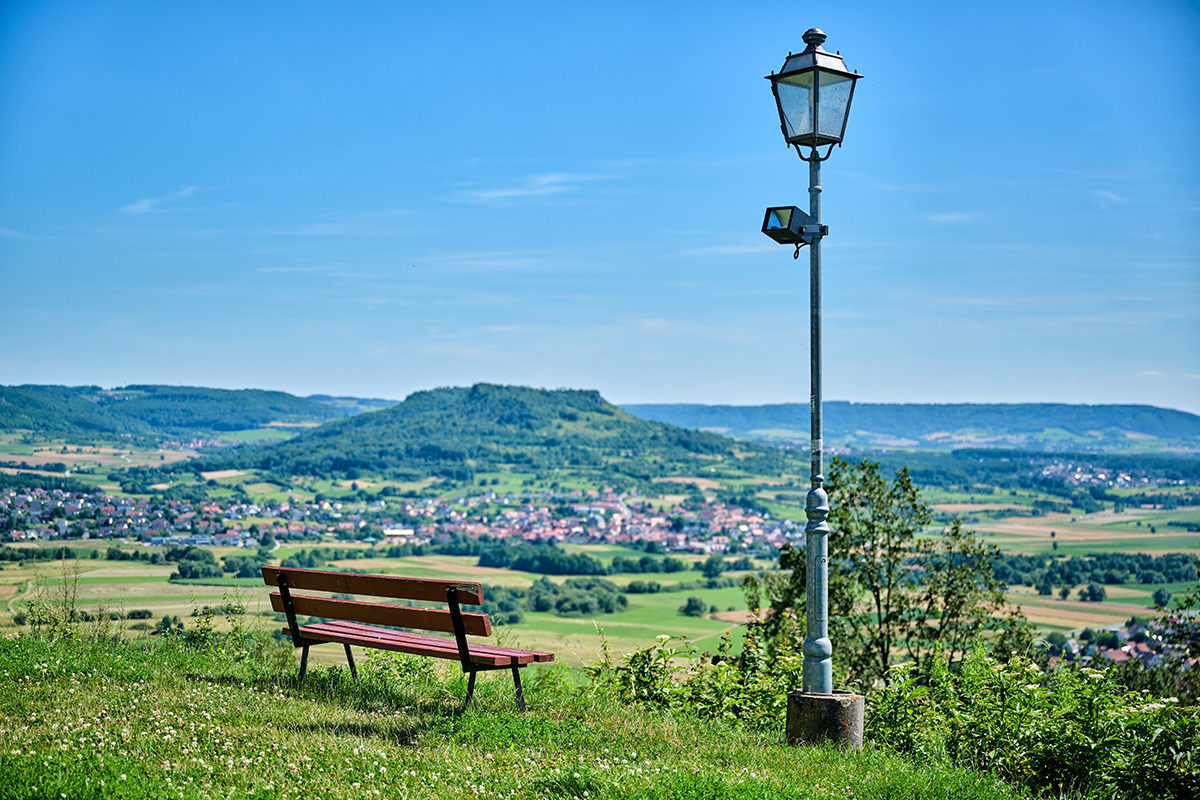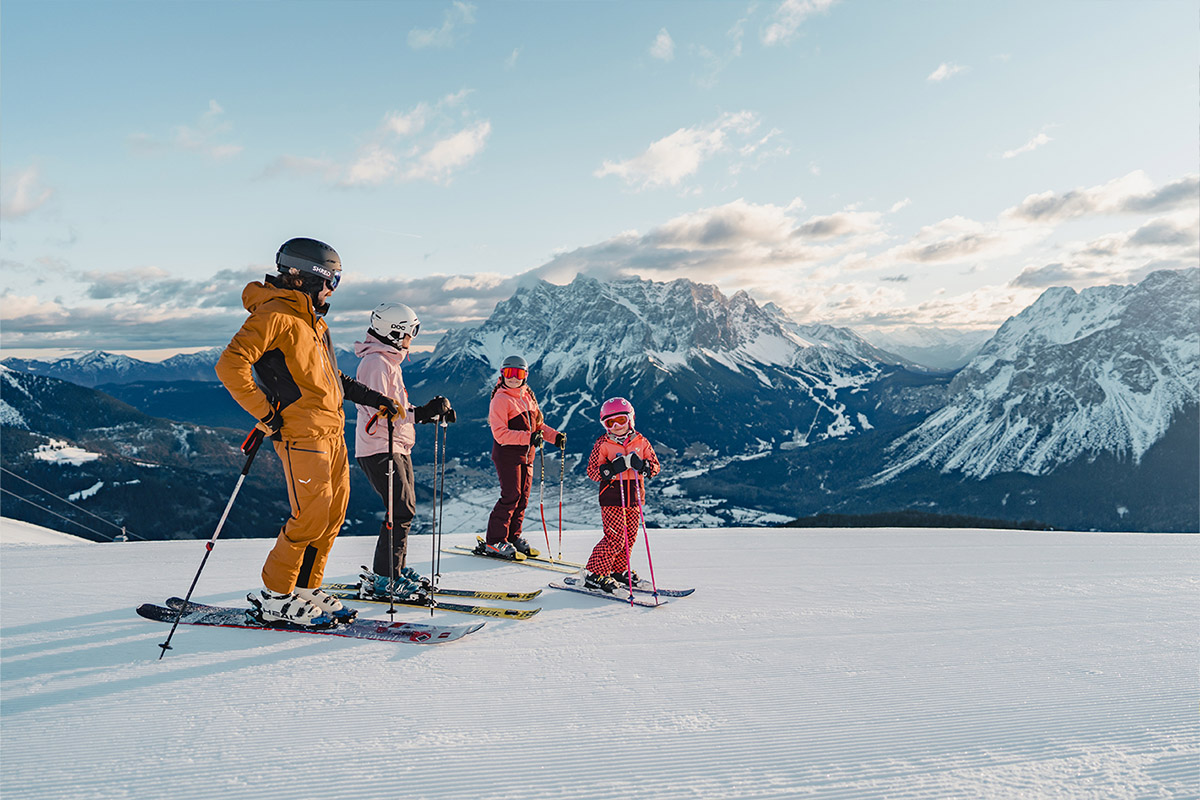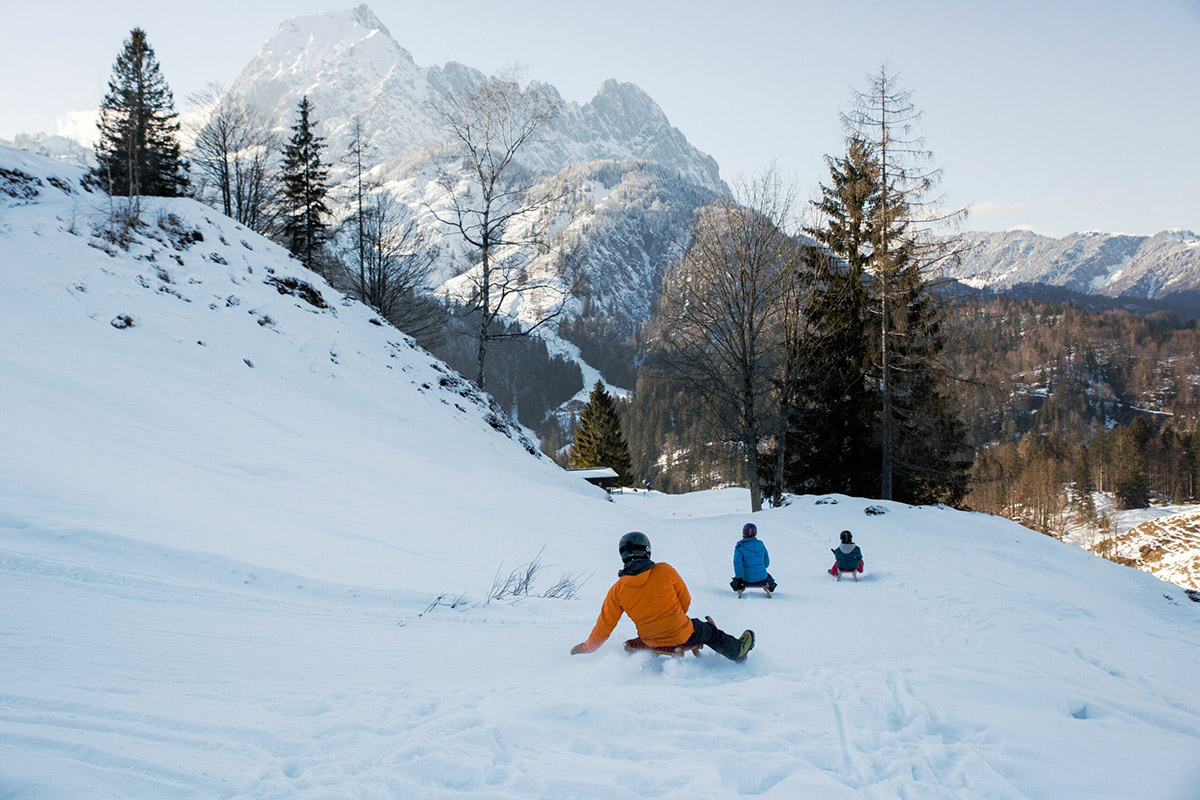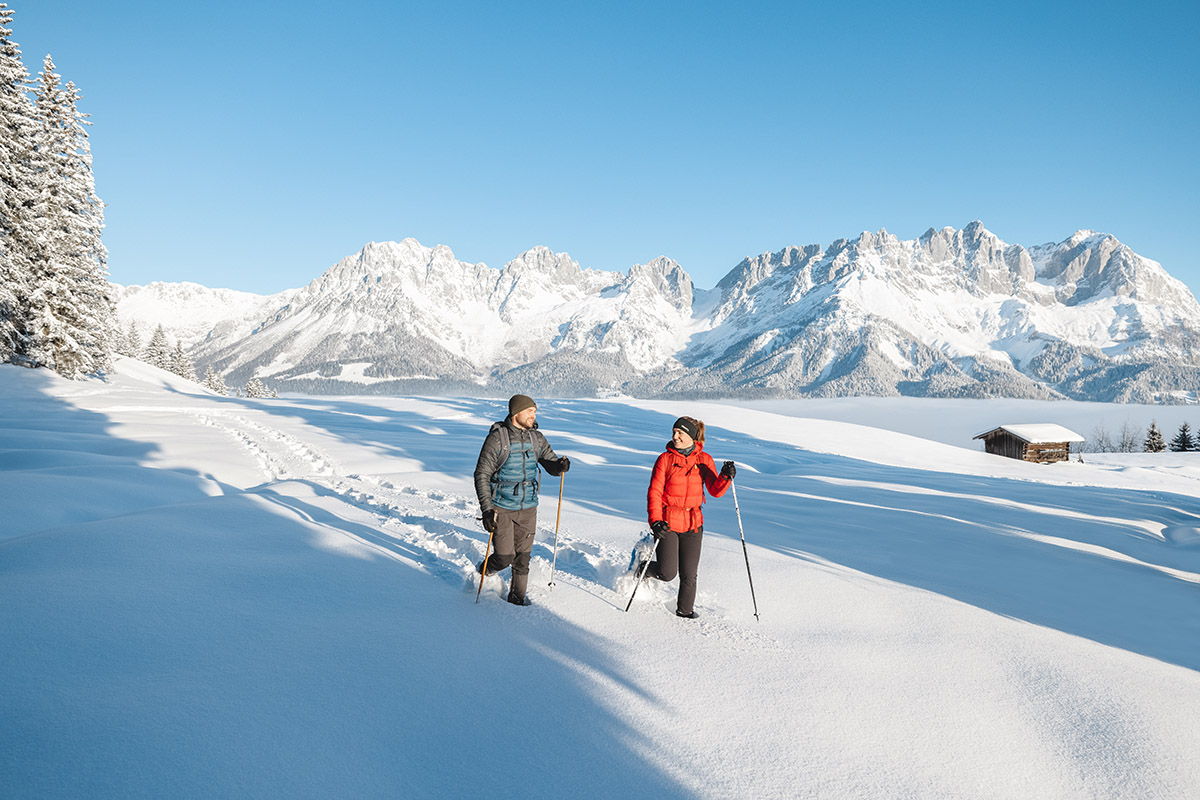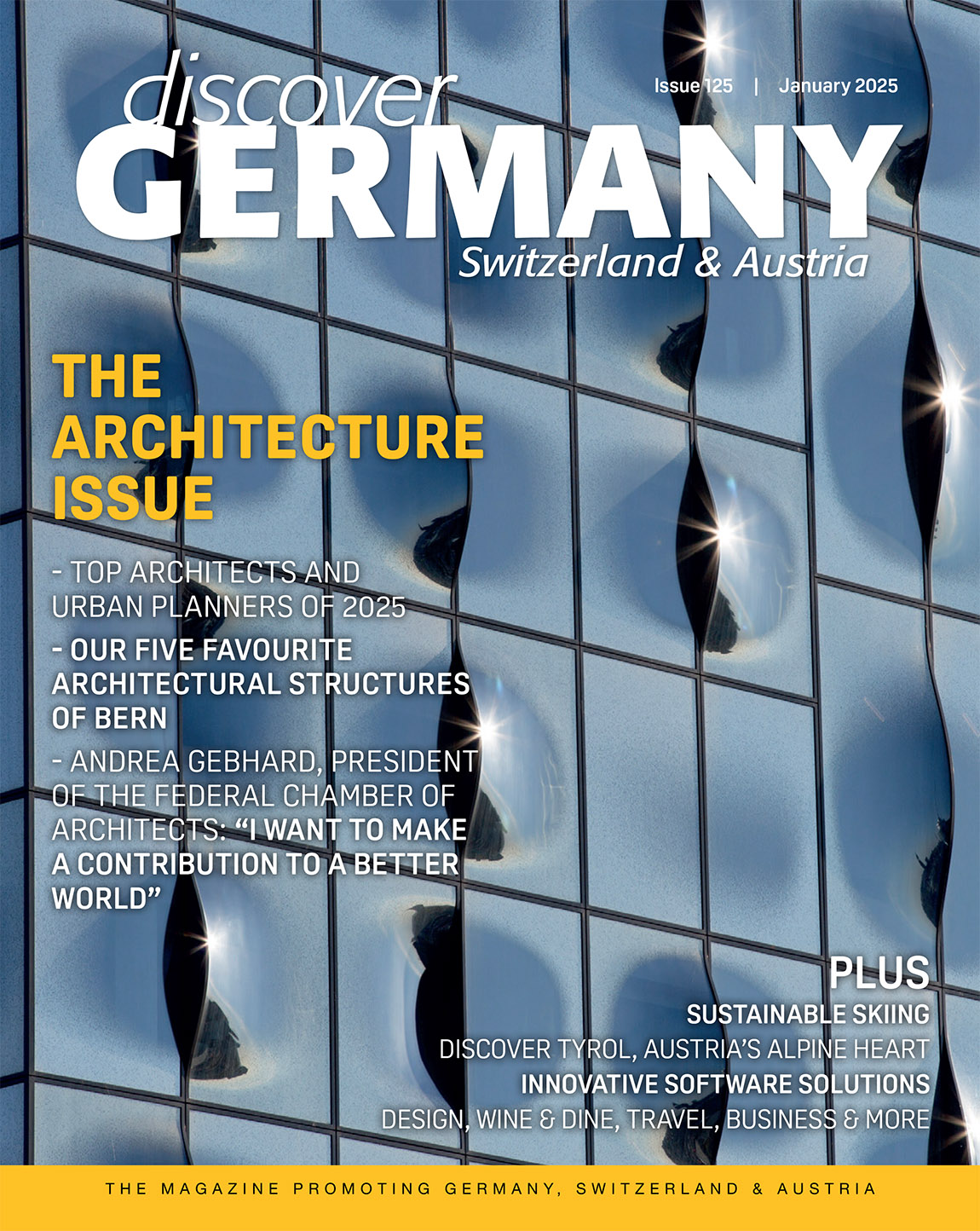Love at first sight – The Romantic Road
Text: Wibke Carter
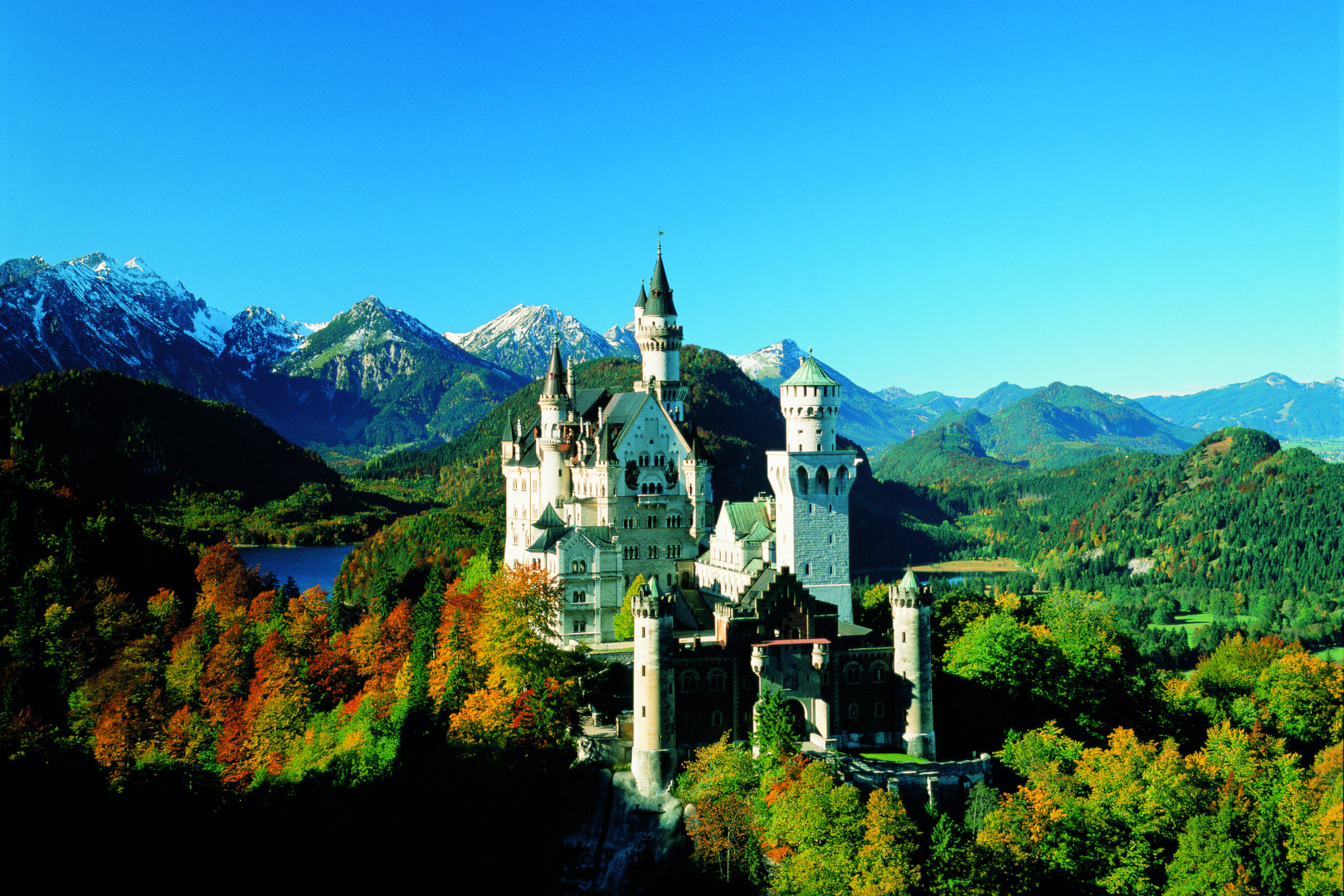
© www.bayern.by
It is easy to lose your heart along Germany’s oldest and most famous touring route with its picturesque towns, Baroque palaces and medieval villages. Wibke Carter travels the Romantic Road for Discover Germany.
I cannot believe how hot it is. Who knew that southern Germany, or Franconia to be precise, could feel like an Italian summer? With temperatures of 27 degrees, lush vineyards sprawling the hills and locals enjoying ‘Aperol spritz’ on the Old Main Bridge, I can surely be forgiven for feeling like I am in more southern pastures.
I’ve travelled to Würzburg, the northern gateway of the Romantic Road, to begin my 350-kilometrelong trip south to Füssen. The capital of Franconia is a bustling university city which was restored to its former glory after near complete destruction during World War II. High on a hill sits the impressive Marienberg Fortress, while the Residence Palace, a UNESCO World Heritage Site, is one of Europe’s most renowned Baroque castles. Inside, I marvel at Balthasar Neumann’s famous staircase and the ceiling fresco by Giovanni Battista Tiepolo, spanning over a remarkable 18 by 30 metres. In the evening, I mingle with the locals on communal benches at the Bürgerspital Weinstuben. All throughout summer, local wine and food are enjoyed and celebrated at outdoor festivals like the Hofgarten Weinfest (28 June to 7 July 2019).

Rothenburg ob der Tauber – city panorama. Photo © Rothenburg Tourismus
Before setting off on my road adventure, I detour to the small town of Iphofen – with 24 wineries, a hub of Franconian wine production – to meet Andy Weigand. Only in his late 20s, he belongs to a new generation of winemakers. “We question some of the old methods and try to find new, better ways of winemaking,” he says while showing me around his vineyard. This includes hand harvesting, organic pest control, spontaneous fermentation and a focus on fewer but high-quality grapes.
Soon, I follow the brown and white signs for the Romantic Road which weaves through traditional villages and small towns like Tauberbischofsheim and Lauda-Königshofen. The sun bathes the landscape in a kaleidoscope of green and yellow; the open fields of poppies, corn flowers and wheat – dotted with white houses, black barns and orange roof tiles – ripple like an ocean in the breeze.
It takes just under an hour to reach Rothenburg ob der Tauber, one of Germany’s best-preserved medieval towns. Wandering past half-timbered houses, fountains, secluded squares and tucked-away corners of the old quarter, I cannot help but wonder if time stood still here. “Rothenburg is so well preserved because it simply ran out of money after the Thirty Year War and no new buildings were erected,” explains the night watchman, Hans Georg Baumgartner, on his tour.

Iphofen – various vineyards. Photo © Wibke Carter
For dinner, I head to the Restaurant Hotel Schranne, a 17th-century building with a typical beer garden in the back. “We still have a few white asparagus stalks left,” hints the owner, Markus Meinold. Franconia is one of the main producing regions and, as promised, the slightly sweet-tasting ‘spargel’, with a spiced bratwurst and creamy sauce hollandaise, is a delightful taste explosion. Before heading off, I drop into the Käthe Wohlfahrt Christmas Village, the largest open all year round Christmas store in Europe, for some off-season festive cheer.
I leave Rothenburg via the Tauber River Valley and the Topplerschlösschen, a small castle resembling an oversized bird house, to travel the half an hour south to Dinkelsbühl. Despite being lesser known than its northern cousin, the town nevertheless charms with intact fortifications, the Gothic Minster of St. George and fewer visitors. I stroll between the proud pastel-hued patrician residences and enchanting semi-timbered houses, reminding of Dinkelsbühl’s status as a former imperial town. I could stay for hours, but Füssen, framed by snow-covered peaks and an idyllic lake district, at the southern end of the Romantic Road, beckons.
Appearing through the mountaintops like a mirage, the grey granite Schloss Neuschwanstein is one of Germany’s most famous sights. The inspiration for the iconic castle in Sleeping Beauty, it is a fitting end to my trip along the Romantic Road. I take a guided tour through King Ludwig II of Bavaria’s dream castle, which is filled with depictions of Germanic mythology, inspired by the operas of Richard Wagner. Finally, I climb a path leading to the Marienbrücke from where I have an unobstructed view of the magnificent building as well as the imposing Pöllat Gorge with its rushing waterfall. As I stand high up, watching darkness fall, I realise I have well and truly fallen for this part of Germany. No wonder it is called the road of love.

Neuschwanstein on the inside. Photo: © www.bayern.by, Peter von Felbert
www.romanticroadgermany.com www.bayern.by
Subscribe to Our Newsletter
Receive our monthly newsletter by email
